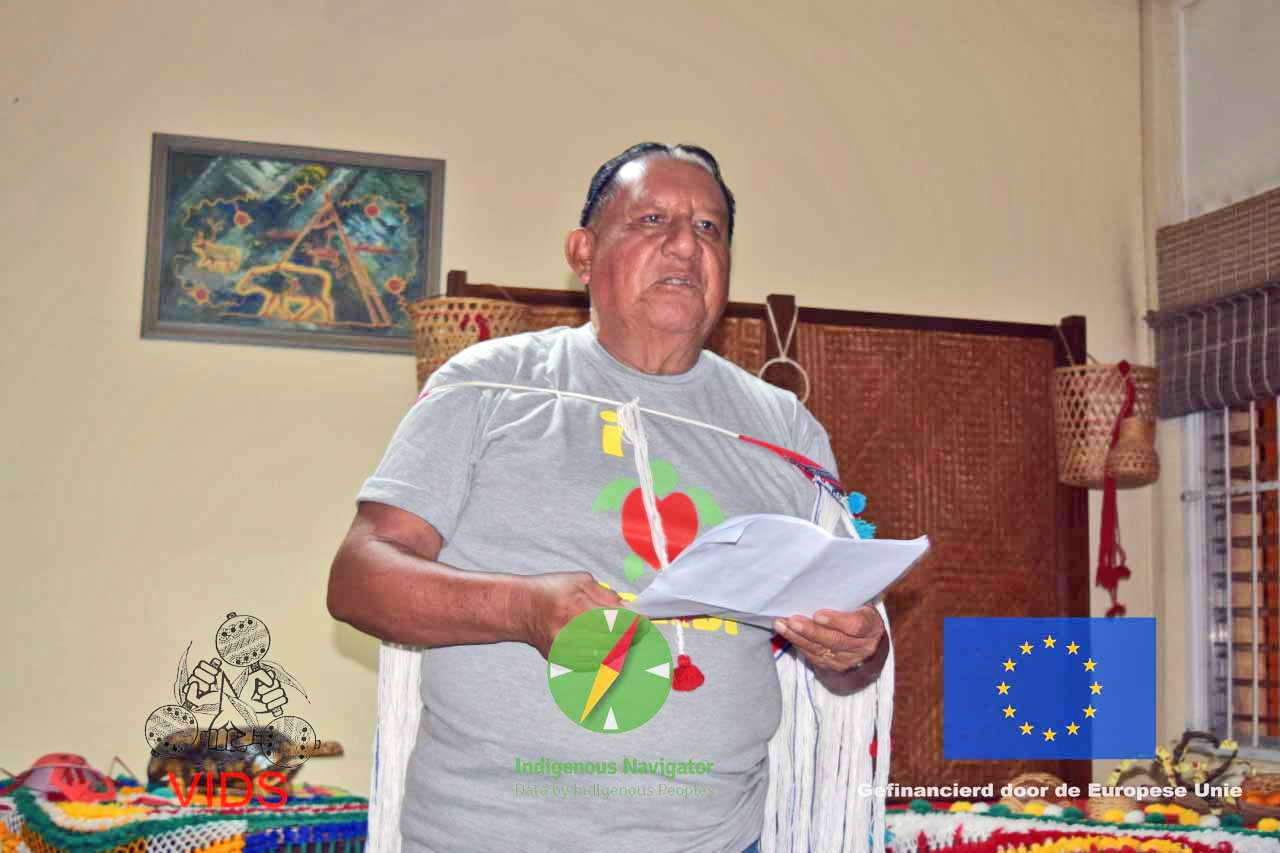Have you ever wondered how stories were passed down in different cultures? Well, let’s talk about the tradition of storytelling in Surinamese culture. It’s fascinating to explore how stories have been an integral part of Surinamese culture for centuries, preserving history, imparting moral lessons, and entertaining generations.
In Surinamese culture, storytelling holds immense importance. It serves as a way to connect people to their roots, maintain a sense of identity, and share knowledge within the community. It’s incredible how these stories have been handed down through oral tradition, from one generation to another. From folktales and myths to legends and personal narratives, storytellers captivate their audience with vivid descriptions and engaging plotlines. These stories often address themes of love, loyalty, bravery, and spirituality, offering valuable life lessons to those listening.
In our article, we’ll delve deeper into the rich tradition of storytelling in Surinamese culture. You’ll discover the different types of stories that are widely shared and the impact they have on the Surinamese people. We’ll also explore the role of storytelling in preserving cultural heritage and fostering a sense of community. So, get ready to embark on a journey into the fascinating world of Surinamese storytelling!
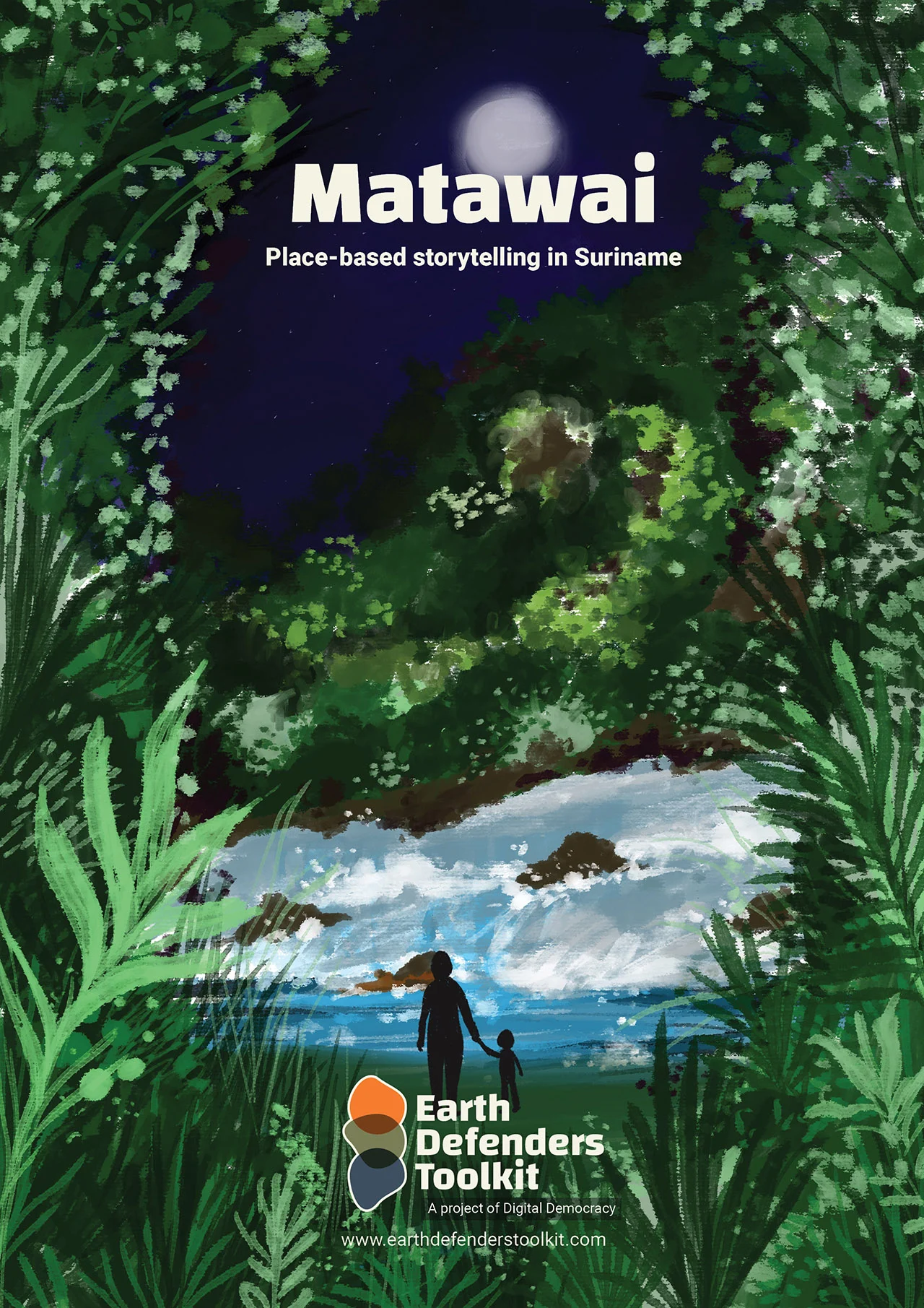
Introduction to Surinamese Culture
Suriname, located on the northeastern coast of South America, is a country rich in cultural diversity and heritage. Its population consists of various ethnic groups, including the Creoles, Hindustanis, Javanese, Chinese, and Indigenous people. This diversity is reflected in Surinamese culture, particularly in the tradition of storytelling. By delving into the history, purpose, and impact of storytelling in Surinamese society, we can gain a deeper understanding of the significance it holds for its people.
Diverse Cultural Heritage
Suriname’s cultural heritage is a beautiful tapestry woven from the traditions and customs of its diverse population. While each ethnic group brings its unique practices and beliefs, they also share common experiences that have shaped Surinamese culture as a whole. This diversity is not only evident in the languages spoken, such as Sranan Tongo, Hindustani, Javanese, and Dutch, but also in the stories passed down through generations.
Influence of Colonization
The tradition of storytelling in Suriname is deeply rooted in the country’s history of colonization. The Dutch colonized Suriname in the 17th century, bringing with them African slaves who were forced to work on plantations. The African slaves, who came from different tribes and ethnic backgrounds, used storytelling as a means of preserving their cultural heritage and maintaining a sense of identity in the face of oppression.
Importance of Storytelling
Storytelling serves multiple purposes in Surinamese culture. It is not only a means of entertainment but also a way to preserve cultural identity and transmit knowledge from one generation to another. Through storytelling, Surinamese people can learn about their past, understand their present, and shape their collective future.
Definition and Purpose of Storytelling
Oral Tradition
Storytelling in Surinamese culture is primarily an oral tradition, passed down through generations verbally rather than in written form. The stories are shared during social gatherings, family gatherings, and community events. This oral tradition allows for a dynamic and ever-evolving storytelling experience, with each teller adding their unique touch to the narrative.
Preserving Cultural Identity
Storytelling plays a vital role in preserving Surinamese cultural identity. In a society marked by ethnic diversity, storytelling acts as a thread that connects individuals to their cultural roots. It allows Surinamese people to understand their traditional customs, values, and beliefs, instilling a sense of pride in their heritage.
Educational Aspect
Beyond preserving cultural heritage, storytelling also serves an educational purpose. Surinamese stories often contain valuable life lessons, moral teachings, and historical references. Through these stories, children and adults alike learn about their ancestors’ struggles, triumphs, and the importance of community values.
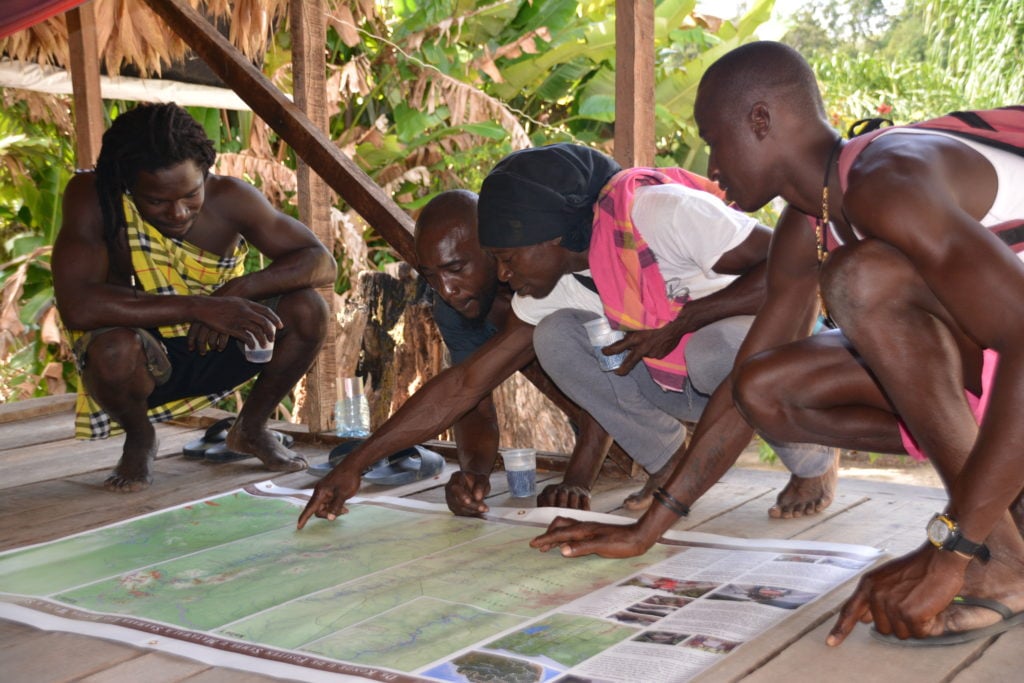
Oral Tradition in Suriname
Generational Transmission of Stories
In Surinamese culture, storytelling is a generational tradition, passed down from parents and elders to children and grandchildren. It serves as a way to strengthen familial bonds and ensure the continuation of cultural practices. The stories act as a bridge between the past and the present, connecting different generations and fostering a sense of continuity.
Role of Storytellers
Storytellers hold a respected position in Surinamese society. They are often the keepers of cultural knowledge and serve as intermediaries between the spiritual and earthly realms. Storytellers have a profound understanding of their respective cultures and the ability to captivate their audience with their words, gestures, and expressions.
Social Gathering and Entertainment
Storytelling is a communal experience in Surinamese culture, often taking place during gatherings and events. Whether around a campfire, in a village square, or in someone’s home, people come together to listen to stories, share their own experiences, and create a sense of unity within the community. Storytelling provides both entertainment and a platform for collective reflection and discussion.
Variety of Storytelling Genres
Folktales and Legends
Folktales and legends are an integral part of Surinamese storytelling. These narratives often feature supernatural beings, mythical creatures, and moral lessons. They provide insight into the beliefs, values, and customs of Surinamese communities, offering a glimpse into their worldview.
Myths and Creation Stories
Myths and creation stories are another significant genre in Surinamese storytelling. These stories explain the origins of the world, the creation of humans, and the relationships between gods, humans, and nature. They serve as a way of understanding the mysteries of existence and reinforcing cultural and spiritual beliefs.
Historical Narratives
Storytelling also encompasses historical narratives in Surinamese culture. These stories recount significant events, such as the struggles for freedom and independence, the experiences of indentured laborers, and the impact of colonialism. Historical narratives help Surinamese people have a better understanding of their past and the forces that have shaped their present.
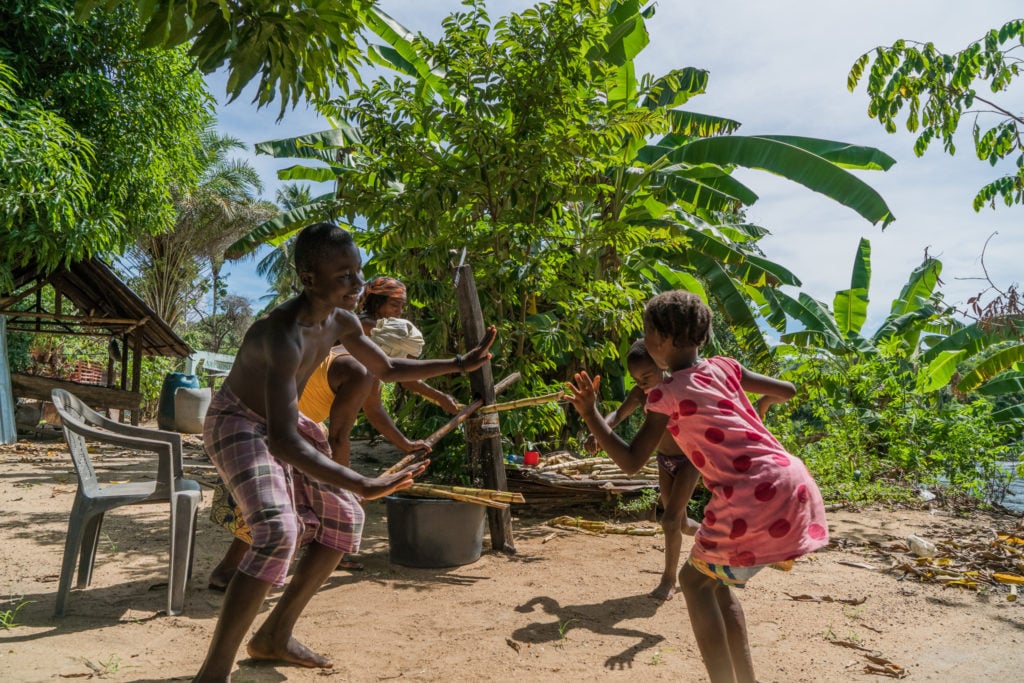
Themes and Motifs in Surinamese Stories
Nature and Animals
Suriname’s natural and biodiverse environment holds a prominent place in its storytelling tradition. Stories often revolve around the relationship between humans and nature, emphasizing the interconnectedness and respect for the natural world. Animals are often personified, representing various virtues, strengths, and wisdom.
Spirituality and Supernatural
Surinamese storytelling frequently delves into spiritual and supernatural realms. It explores the existence of parallel worlds, spirits, and mystical beings. These stories provide Surinamese people with a profound sense of spirituality and a connection to their ancestral roots.
Resilience and Survival
The stories passed down in Surinamese culture often highlight themes of resilience and survival. They depict the challenges faced by ancestors, such as slavery, indentured labor, and colonization, and the strength and determination they exhibited in overcoming adversity. These stories serve as a source of inspiration and empower Surinamese people to face their own challenges with courage and determination.
Language and Linguistic Diversity
Sranan Tongo
Sranan Tongo, also known as Surinamese Creole, is a widely spoken language in Suriname. It originated from the contact between African slaves and European colonizers, blending elements of various African languages with English, Portuguese, and Dutch. Many Surinamese stories are told in Sranan Tongo, reflecting the cultural and linguistic diversity of the country.
Hindustani
Hindustani, a language derived from Bhojpuri and other Indian languages, is spoken by the descendants of indentured laborers brought from India during the colonial era. Hindustani stories provide insight into the experiences, traditions, and cultural practices of the Indo-Surinamese community.
Javanese
Javanese, brought to Suriname by Javanese contract laborers, is spoken by the Javanese Surinamese community. Javanese stories often contain religious and philosophical teachings, reflecting the rich cultural heritage of Java and its impact on Surinamese society.
Dutch
As Suriname was a Dutch colony, the Dutch language plays a significant role in Surinamese storytelling, particularly in more recent times. Dutch is commonly used in academic and formal contexts.

Impact of Storytelling on Identity Formation
Sense of Belonging
Storytelling fosters a sense of belonging and connection to one’s cultural roots. By listening to stories, Surinamese people gain a deeper understanding of their own cultural backgrounds and find solace in knowing that they are part of a larger community with shared experiences and values.
Cultural Pride and Self-esteem
Storytelling contributes to the development of cultural pride and self-esteem in Surinamese individuals. By having their stories heard and validated, Surinamese people feel a sense of pride in their cultural heritage and recognize the value of their contributions to society.
Transmitting Values and Traditions
Storytelling is a powerful medium for transmitting values and traditions from one generation to another. Through stories, Surinamese parents and elders pass on important lessons, morals, and cultural norms to younger members of the community. This helps maintain the integrity of Surinamese traditions while allowing them to adapt to modern times.
Role of Storytelling in Community Building
Building Social Bonds
Storytelling acts as a catalyst for building social bonds and strengthening communities. By gathering around stories, Surinamese people forge connections with one another, share their experiences, and build a sense of unity. It fosters empathy, understanding, and a collective identity that surpasses individual differences.
Shared Experiences and Collective Memory
Through storytelling, Surinamese communities create shared experiences and maintain a collective memory. The stories become part of the community’s narrative, serving as a reminder of their past, their struggles, and their triumphs. This collective memory strengthens the bonds between community members and ensures the longevity of their cultural heritage.
Promoting Cultural Understanding
Storytelling plays a crucial role in promoting cultural understanding and acceptance in Surinamese society. By listening to stories from different ethnic groups, Surinamese people gain insight into the traditions, beliefs, and values of others. This encourages empathy, tolerance, and a deeper appreciation for the cultural diversity within the country.
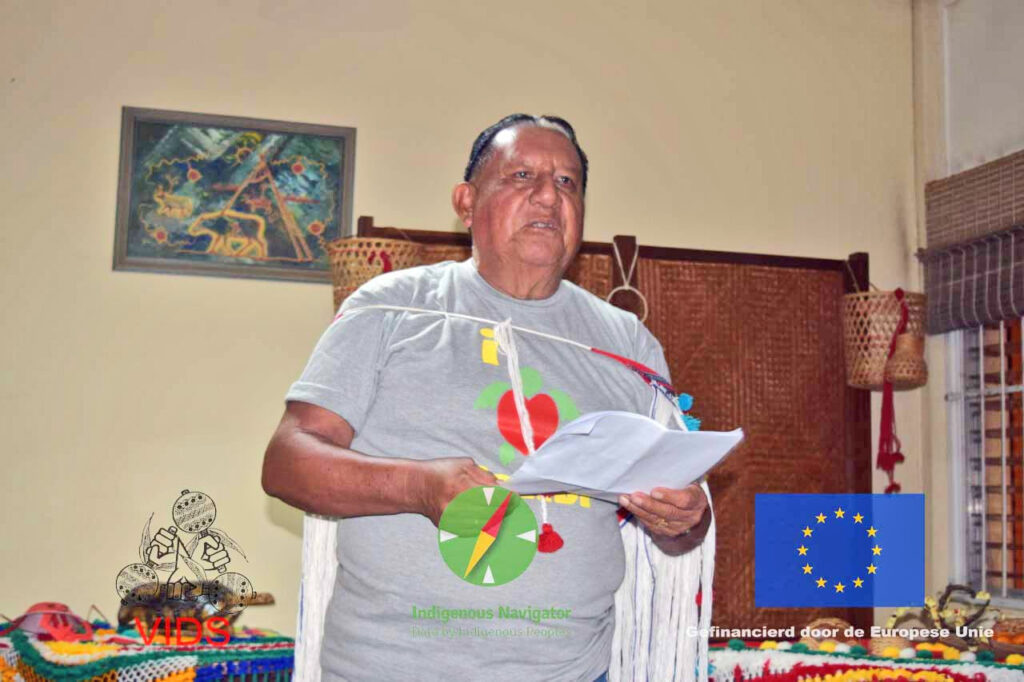
Securing the Heritage: Challenges and Initiatives
Threats to Oral Tradition
The oral tradition of storytelling in Suriname faces numerous challenges in the modern era. The increasing influence of Western culture, the availability of digital entertainment, and the shift towards a more sedentary lifestyle all pose threats to the continuation of traditional storytelling practices.
Efforts in Documentation and Preservation
Recognizing the importance of preserving their cultural heritage, Surinamese communities have initiated efforts to document and preserve their stories. Oral history projects, audio and video recordings, and written transcriptions are used to capture the essence of Surinamese storytelling and ensure its availability for future generations.
Revitalization Projects
Several organizations and community initiatives work tirelessly to revitalize Surinamese storytelling traditions. They organize storytelling festivals, workshops, and events to encourage participation and pass on the storytelling skills to younger generations. These efforts aim to rekindle interest in storytelling and keep the tradition alive.
Storytelling in Contemporary Surinamese Society
Adaptation to Modern Platforms
In response to the changing times, Surinamese storytelling has adapted to modern platforms. Social media, blogs, and podcasts provide opportunities for storytellers to reach wider audiences and connect with younger generations. This adaptation ensures the survival and relevance of Surinamese storytelling in the digital age.
Storytelling Festivals and Events
Storytelling festivals and events have become an integral part of Surinamese cultural life. These gatherings bring together storytellers from different ethnic backgrounds, creating a platform for the exchange of stories and the celebration of cultural diversity. They serve as a reminder of the enduring power and beauty of Surinamese storytelling.
Integration with Other Art Forms
Storytelling often intertwines with other art forms in Surinamese culture. It is integrated into theater performances, dance routines, and musical compositions, creating a multisensory experience for the audience. This integration not only enhances the storytelling experience but also showcases the richness of Surinamese artistic expressions.
Storytelling as a Tool for Social Change
Addressing Social Issues
Storytelling has the power to address social issues and create positive change in Surinamese society. Through stories, Surinamese storytellers shed light on topics such as racism, inequality, and environmental concerns. They encourage dialogue, promote empathy, and inspire action towards building a more inclusive and equitable society.
Promoting Inclusivity and Tolerance
Surinamese storytelling emphasizes the importance of inclusivity and tolerance. Stories often celebrate the diversity of the Surinamese population, teaching audiences to embrace differences and foster understanding between different ethnic groups. By sharing stories that challenge stereotypes and promote inclusivity, Surinamese storytellers contribute to a more harmonious society.
Empowering Marginalized Voices
Storytelling provides a platform for marginalized voices to be heard and acknowledged in Surinamese society. By sharing their stories, individuals from marginalized communities find empowerment and agency, creating a space for their perspectives and experiences to be recognized and valued.
Storytelling and Cultural Tourism
Attraction for Tourists
The tradition of storytelling in Suriname has become a significant attraction for tourists visiting the country. Cultural tourists seek to immerse themselves in the richness of Surinamese culture, and storytelling offers a unique and authentic experience. Tourists have the opportunity to listen to captivating stories, learn about Surinamese traditions, and connect with the local community on a deeper level.
Preserving Cultural Heritage
Storytelling plays a crucial role in preserving Surinamese cultural heritage, making it an essential component of cultural tourism. By engaging with stories passed down through generations, both Surinamese and international visitors can contribute to the preservation and promotion of Surinamese cultural traditions.
Economic Benefits
The popularity of storytelling in Suriname has also contributed to the growth of cultural tourism and economic benefits for the country. Storytelling festivals, events, and workshops attract visitors from around the world, contributing to local businesses and the overall tourism industry. This economic support helps sustain and incentivize the continuation of Surinamese storytelling traditions.
Global Influence on Surinamese Storytelling
Influence of Other Cultures and Traditions
Surinamese storytelling has been influenced by other cultures and traditions, reflecting the country’s history of colonization and immigration. African, Indian, Javanese, and Chinese storytelling traditions have intermingled with indigenous storytelling practices, creating a rich tapestry of narratives that reflect the diverse heritage of Suriname.
Modern Storytelling Trends
Surinamese storytelling has adapted to modern storytelling trends, incorporating elements of contemporary narratives and techniques. While traditional storytelling remains at the core, storytellers have embraced new forms, such as digital storytelling, multimedia presentations, and performance art, to engage with changing audiences.
Cross-cultural Collaborations
Surinamese storytelling has also benefited from cross-cultural collaborations. Artists, researchers, and writers from Suriname and abroad have come together to explore the intricacies of Surinamese storytelling, creating vibrant collaborations that bridge cultural divides and promote intercultural understanding.
Conclusion
The tradition of storytelling holds an everlasting significance in Surinamese culture. From its diverse cultural heritage to its role in identity formation and community building, storytelling serves as a vessel that carries the collective memory, values, and aspirations of the Surinamese people. Despite the challenges posed by the modern era, storytelling in Suriname continues to thrive, adapting to contemporary platforms, addressing social issues, and enriching cultural tourism. By preserving and promoting the tradition of storytelling, Surinamese society ensures the continuation of its rich cultural heritage for generations to come.
